The process checks a couple of boxes for decision-makers who want less top-down policy-making and fewer hurdles for development, but the future of the plan is uncertain
Park County is a small, rural Colorado county that finds its identity in the outdoors. Ranching, hunting, fishing, camping, and a rural way of life bring people to live and work in South Park. Home to world-class fishing waters, including several miles of the South Platte River’s Gold Medal “dream stream,” South Park attracts anglers from all over the country. The 1,000-square mile South Park valley also provides phenomenal habitat for elk, mule deer, pronghorns, bighorn sheep, and many other game animals. State and BLM land in the Reinecker Ridge area supports more than 1,000 wintering elk from three different herds. These elk attract thousands of hunters to Colorado, boosting the outdoor recreation economy that generated more than $17.7 million in economic activity from hunting and fishing in 2007, and supported 207 jobs in Park County alone.
It’s no wonder that the local community cares about how this land is managed.
There’s a good chance that over the next 20 years Park County will be targeted by the oil and gas industry for development. This is why the community—including sportsmen, small businesses, agricultural producers, and other local stakeholders—has been heavily involved in the BLM’s planning process for the last seven years. We want to find a balance between a complete shutdown of extractive industries and irresponsible oil and gas drilling, which some worry will lead to long-term litigation and significant deterioration of big game habitat, greatly hampering our hunting opportunities. Surely, we can continue forward with this responsible and balanced approach that will serve the community and our fish and wildlife resources.
See It to Believe It
Last week, I led a field tour of the area for Senator Gardner’s staff, and I was joined by two of the three Park County commissioners, the CPW Area Wildlife Manager, a local cattle rancher, and representatives from the Colorado Wildlife Federation, Trout Unlimited, and the National Wildlife Federation. As locals, we wanted to showcase all of the land’s many benefits. As stakeholders who have been engaged in the BLM planning process since day one, we wanted to make clear that we wouldn’t be happy to see all our efforts come to nothing.
The South Park plan could be a model to follow, with a coalition of the willing coming together, regardless of ideology, to hammer out a plan that will allow for extraction of the oil and gas we all depend on without jeopardizing the traditional use of the land that makes South Park the community that it is. Compromises on things like phased development, when and where to apply seasonal closures for big game, and using science to determine proper mitigation and restoration techniques are already in place. Landowner, cattle rancher, and local advocate for the plan, Terry O’Neill stated “I often hear from Park County residents how deeply appreciative of these efforts they are.” Now, it is time for our representatives to stand up and show support for this locally vetted plan as it moves up the chain to decision-makers in D.C.
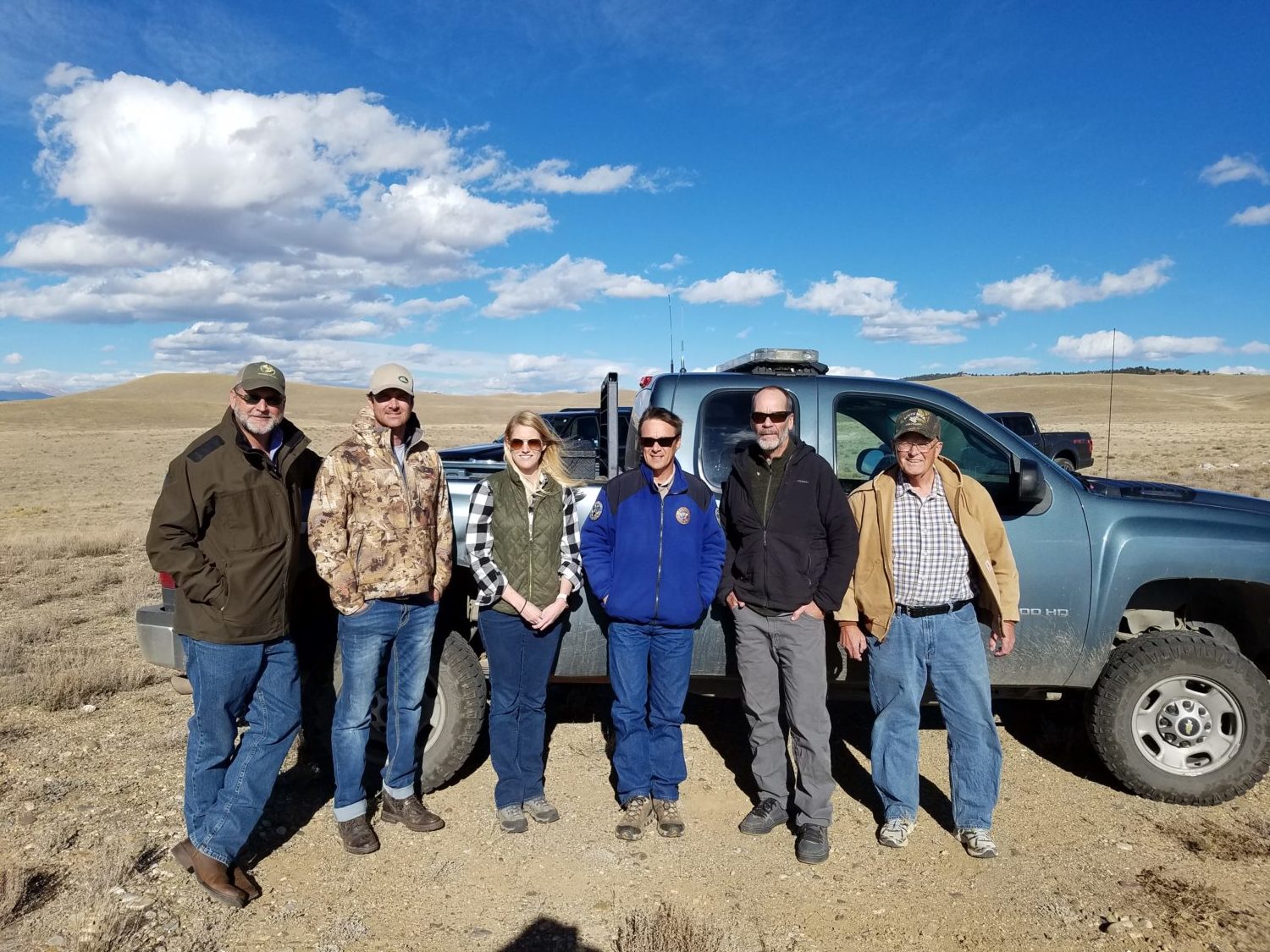
If the current administration has been vocal about anything, it’s the need for local stakeholders to be involved in shaping the policies that affect them and their livelihoods. This planning process in South Park is a textbook example of that. Our decision-makers are also committed to streamlining development, and having local support up front is a great way to give certainty to industry, too—as long as they’re willing to come to the table.
We’re hopeful that the vision and management direction decided on by South Park’s stakeholders moves forward as intended, and potentially serves as a great example for how to get things done elsewhere. This is an open call to decision-makers across the country to step up and do what’s right for America through comprehensive, responsible, and locally-driven energy development planning. As sportsmen and women, we’re counting on your leadership and commitment to solutions that make sense for the long-term health of our economy, public lands, and hunting and fishing traditions.

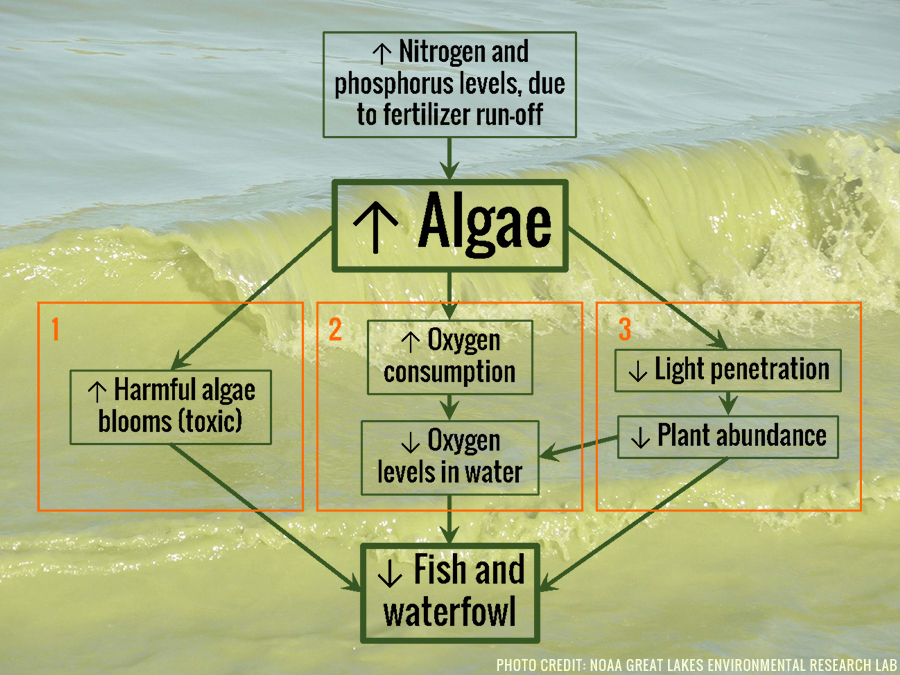
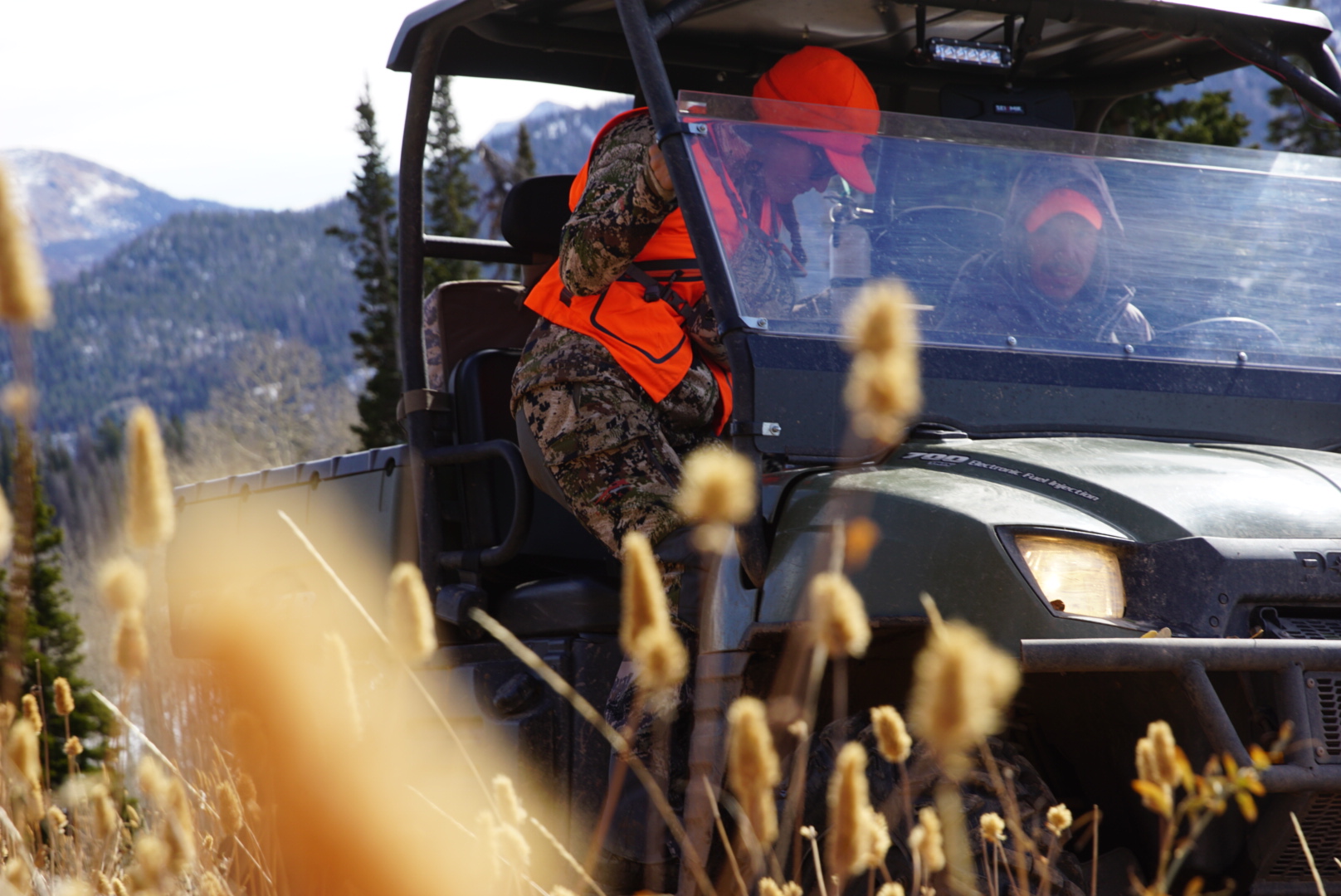
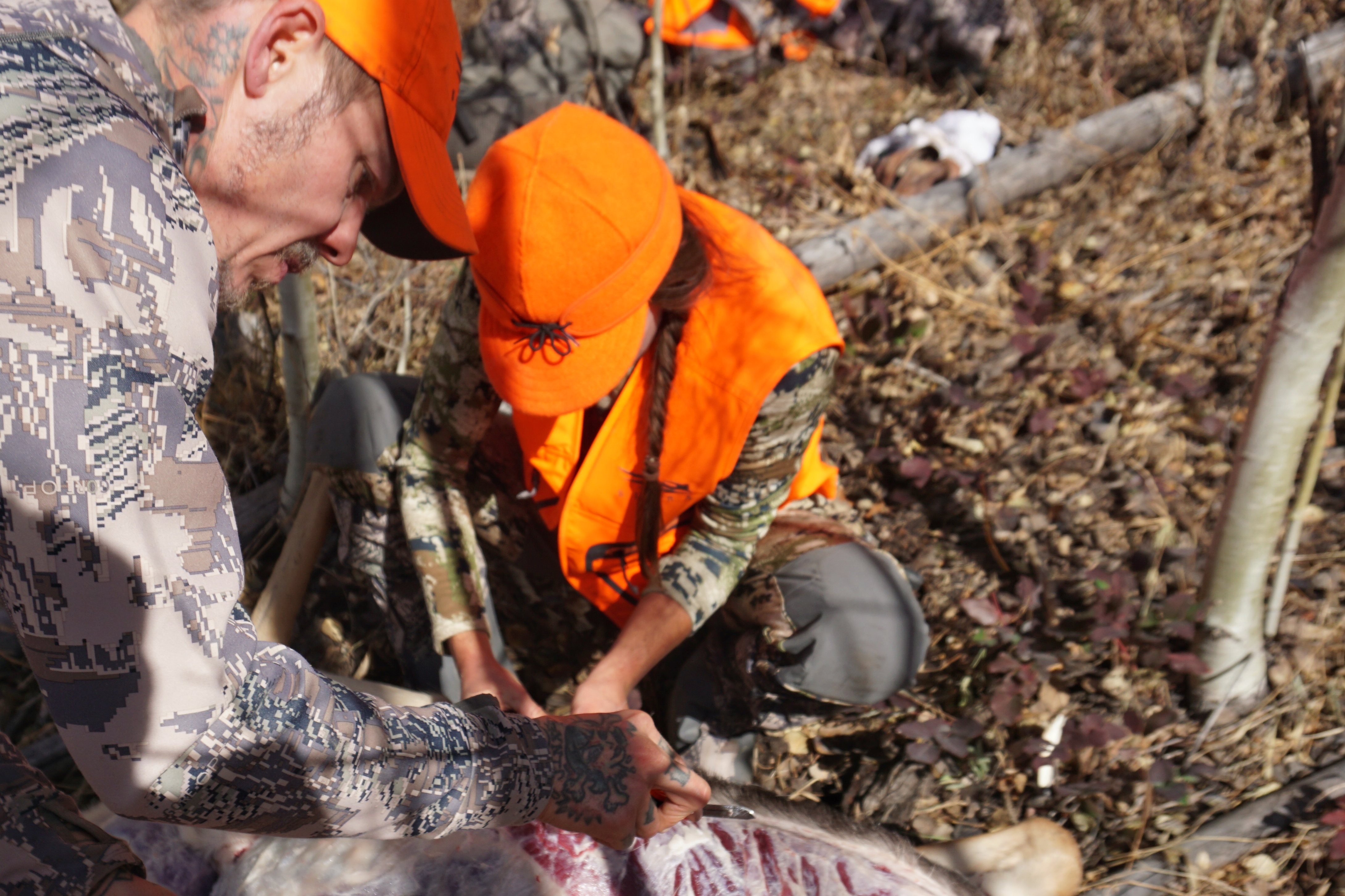
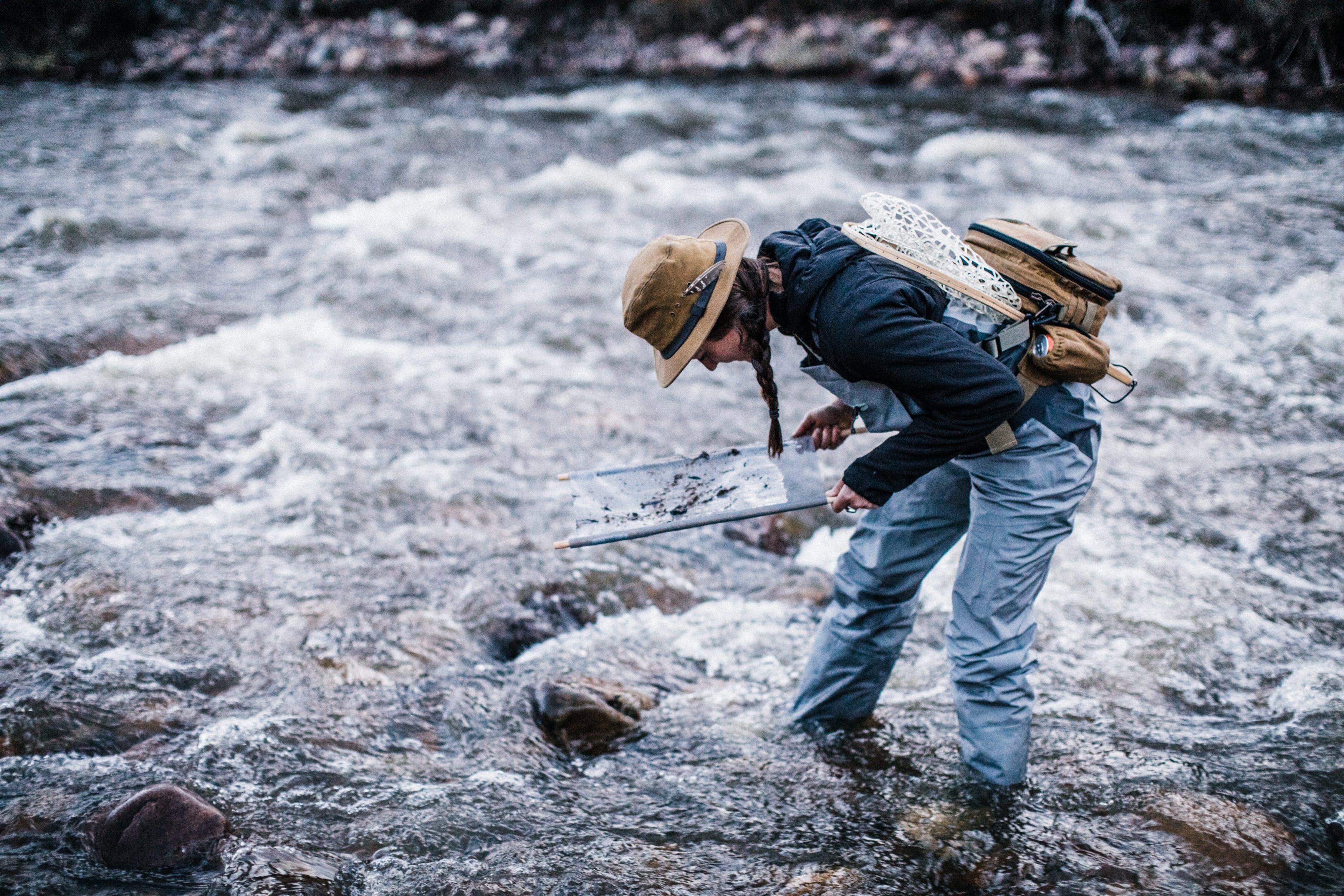
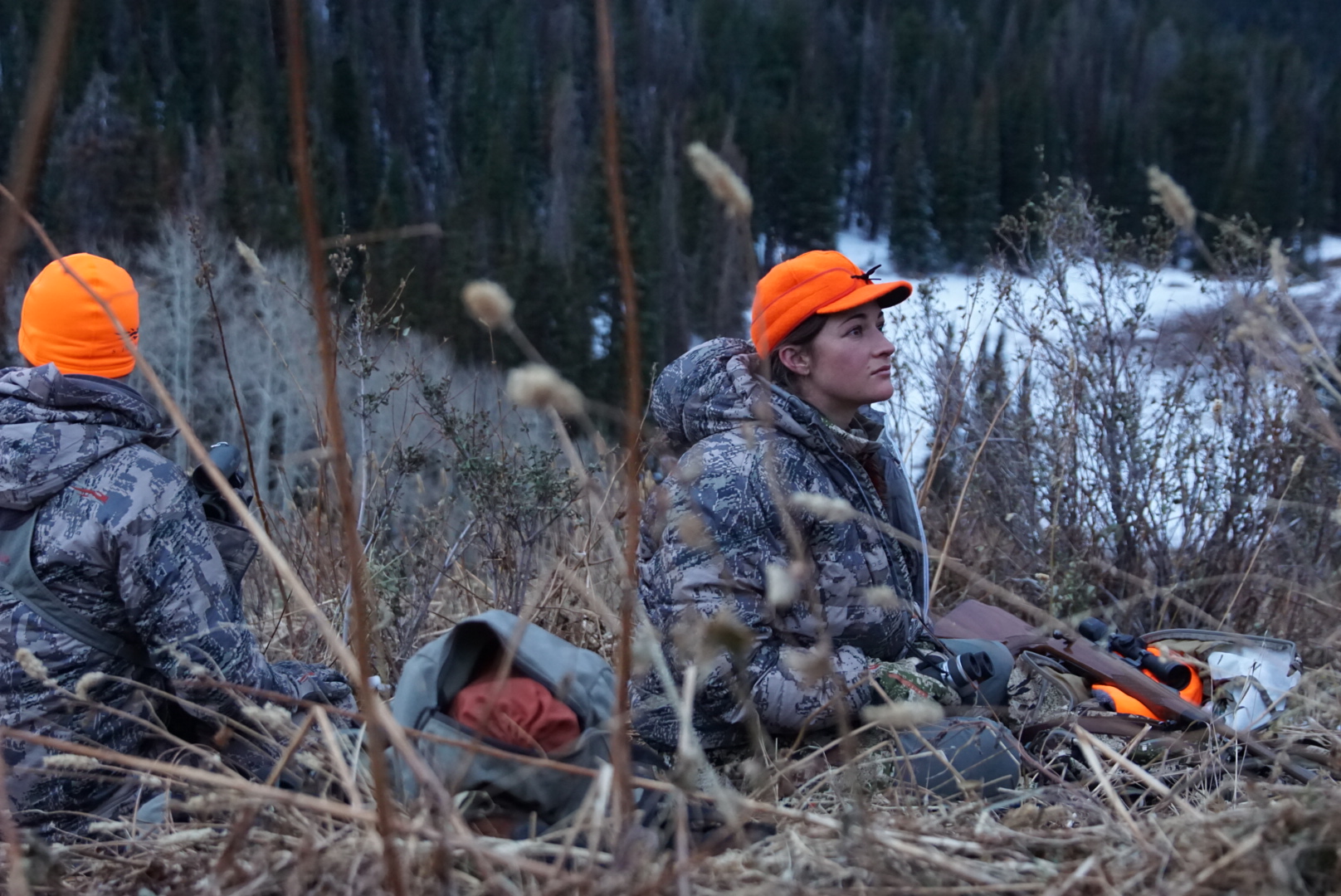
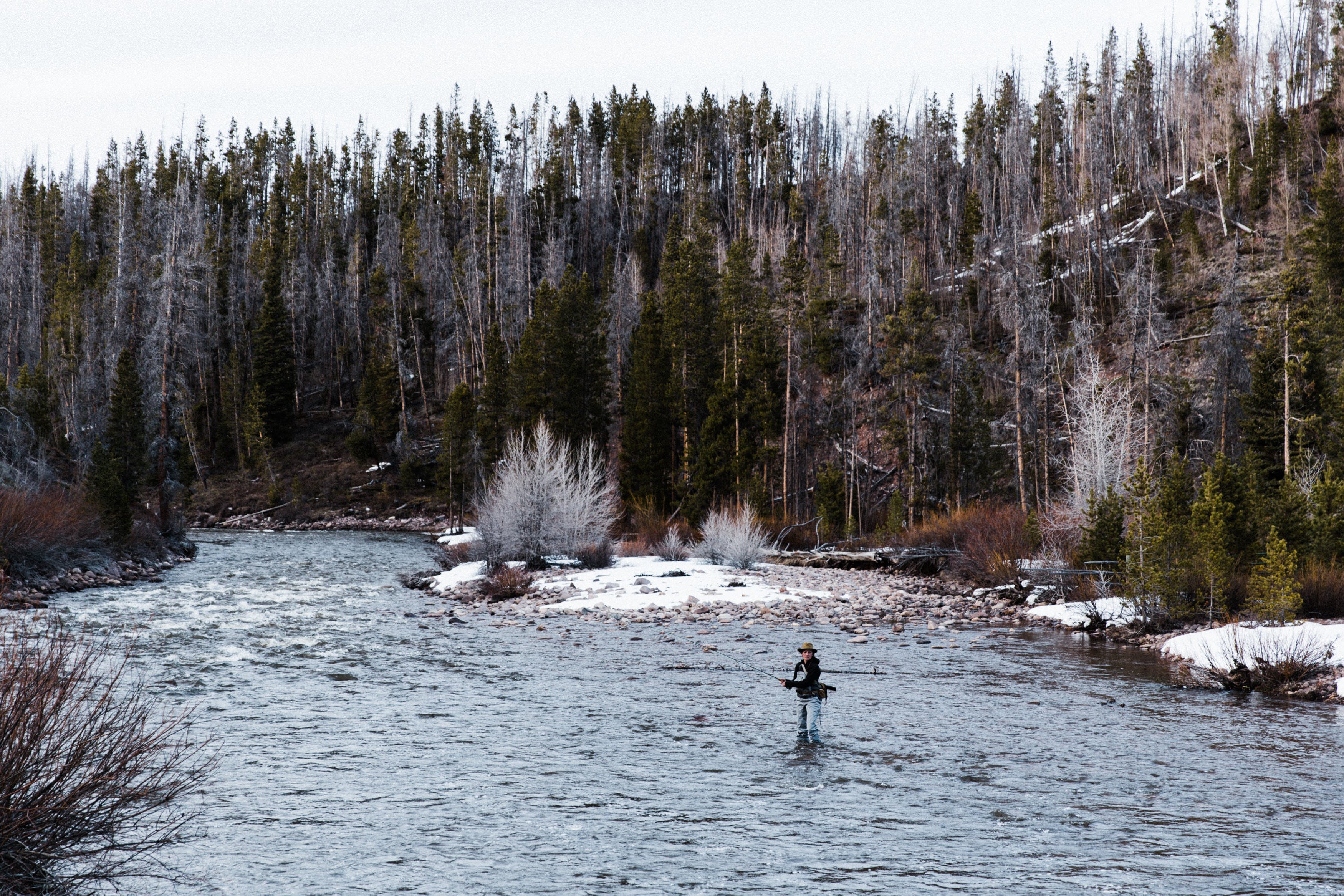
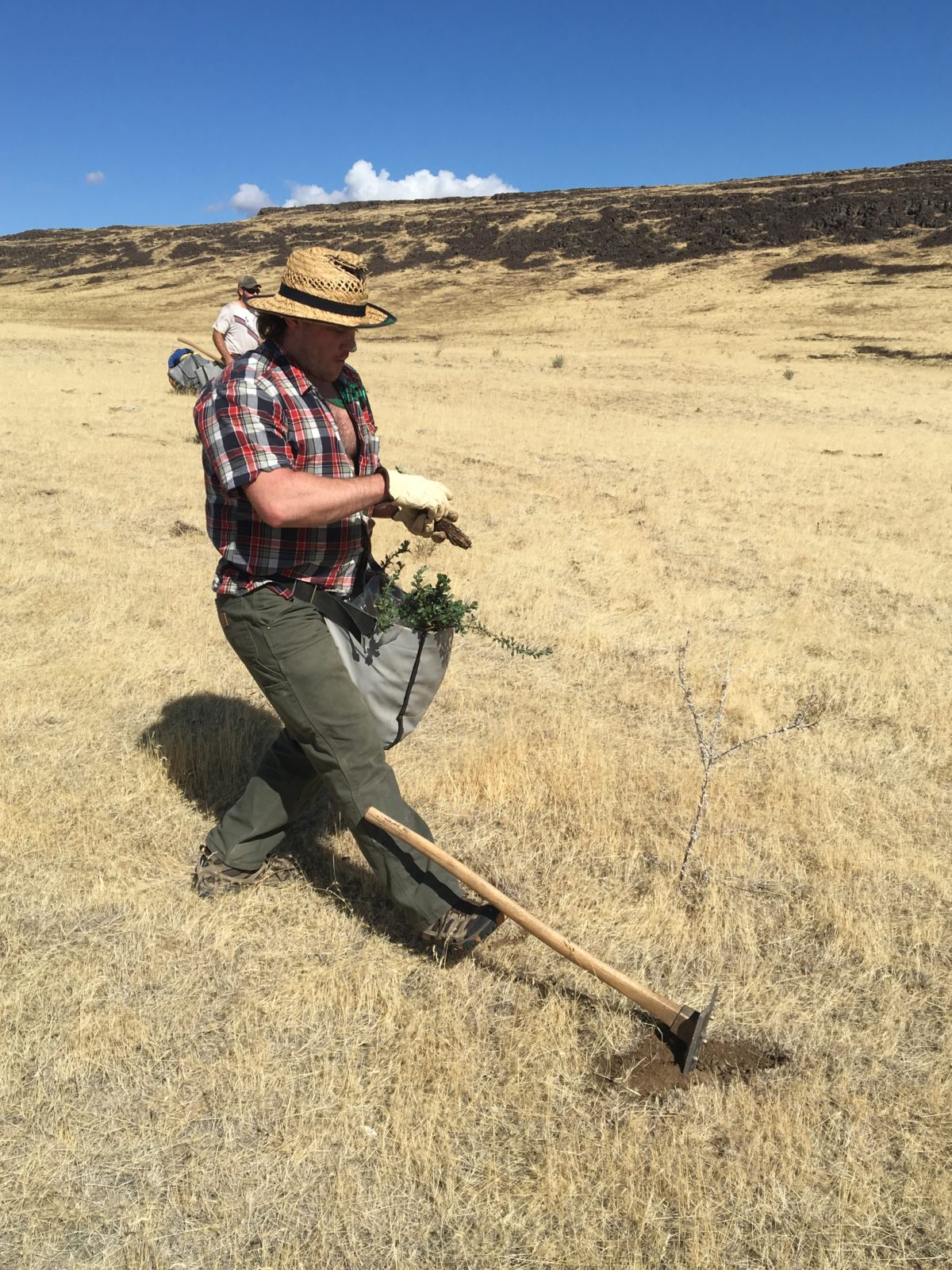
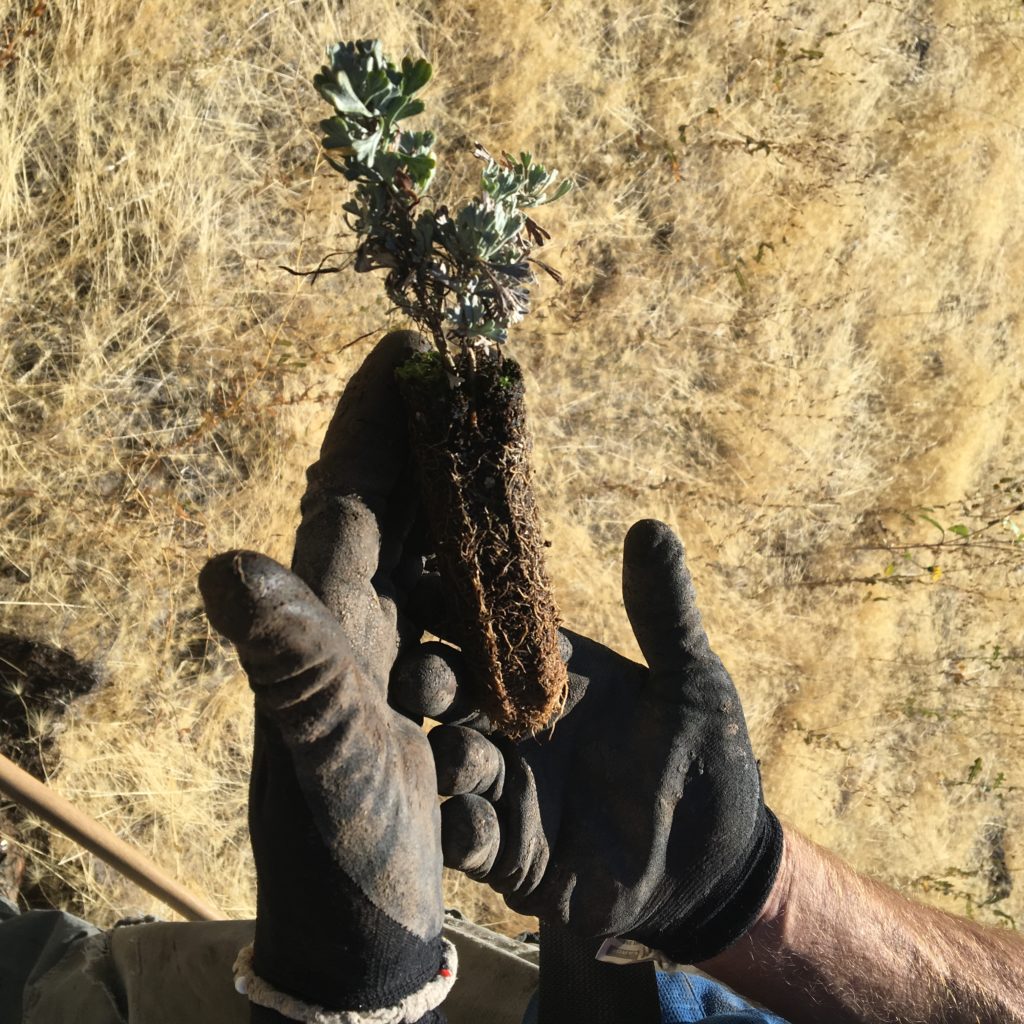
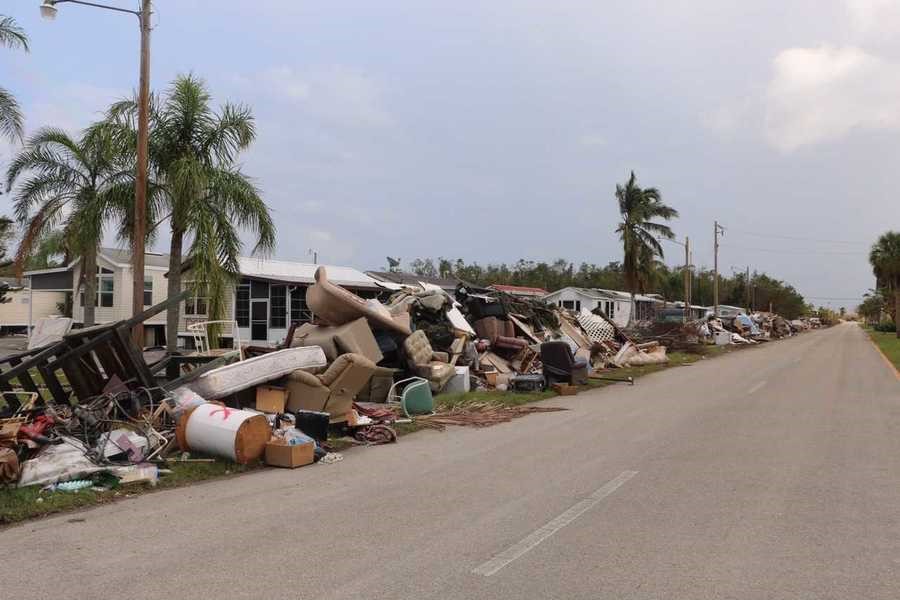
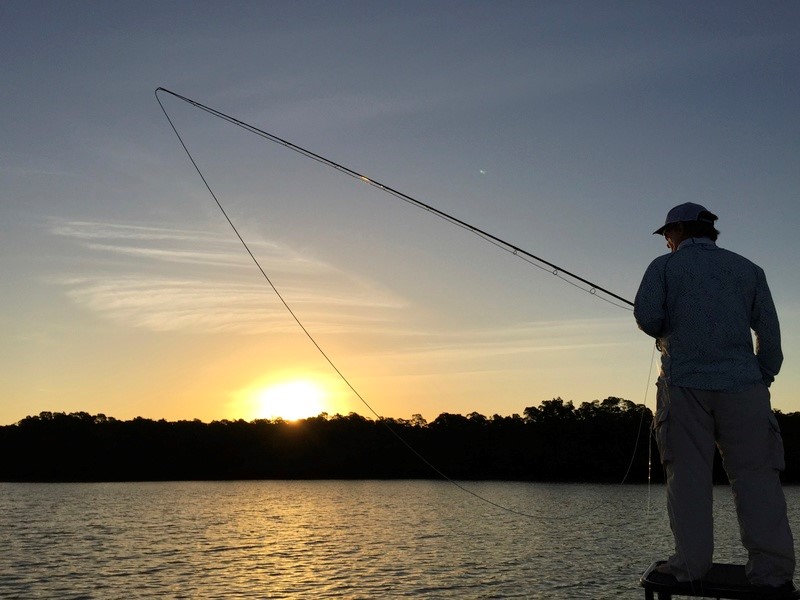




Park County is “the back forty” for Denver metro and CO Springs metro areas. It is a residential suburb of Breckenridge/Summit County. It consists of the endless flats of South Park @ 9K elev., fringed by high country including 2 Wilderness Areas. It’s principal export is water, bound for Denver. There is very little agricultural irrigation in Park County. Instead the waters of the South Platte basin are stored in 3 reservoirs, to be used by homes and businesses in the Denver area.
Which begs the first question to be asked of all extractive industry in the American West: Where will the water necessary to develop drilling come from? Colorado’s Eastern Slope of the Rockies’ water is so oversubscribed, massive tunnels and pumps bring water from the Western Slope, under the Continental Divide, to water golf courses and flush toilets in Denver, etc. That “stolen” west slope water would have gone to AZ and CA after making snow for ski areas and irrigating Grand Valley vineyards, Paonia fruit and Olathe sweet corn.
Park County government is more oriented toward multiple uses and recreation on public lands than many other rural CO counties. As such, it is well suited to incorporate the lessons learned from neighboring urban counties. I applaud the current commitments by county legislators; to collaborate. and to look decades into the future. Which bodes well for public land users in Park County.
Estimates of three trillion cubic feet of gases are currently inventoried inside Park County. The republican party has embraced “President” Trump. Unless the Dems take back both houses of congress, there will be little for state and local governments to do (except lose decisions and money in federal courts) to stop drilling and pipelines.
About 40% of the gas in the Niobrara Frmn. Is CO2 and that may now be released at the wellhead. “Were will the water come from?” is one of the least of Park County’s problems.